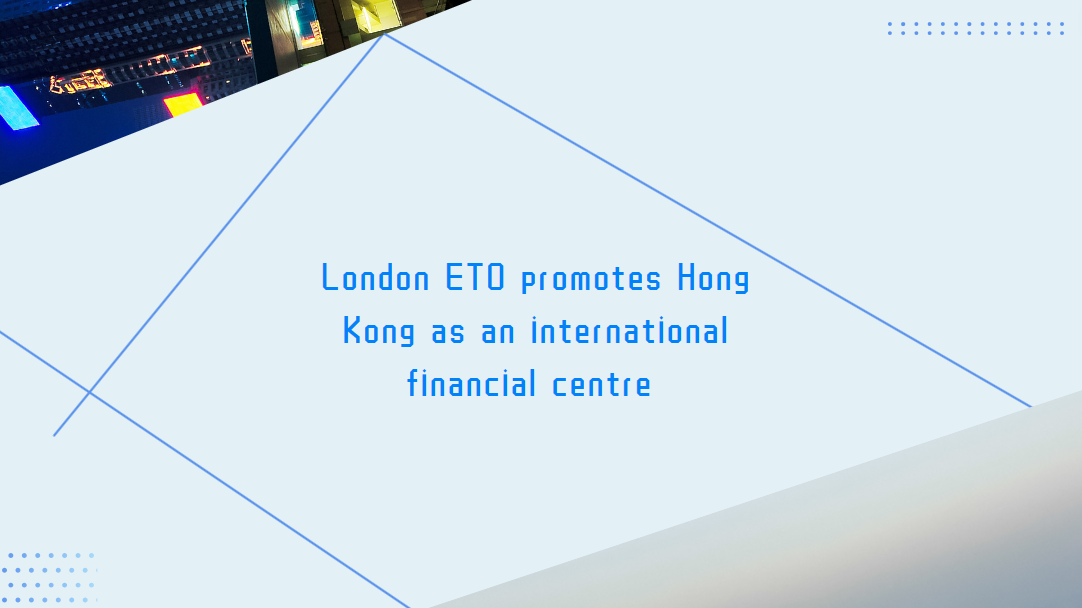Digital accessibility: Employees matter too
The world is recognising the importance of digital accessibility. As a technologist working in this field, I often hear about what companies are doing to make their digital products, apps, and websites accessible to all their customers.
What I hear less is how they're making their organisation digitally accessible to the people who work there. But I would argue that this is equally important. After all, a business's employees are its stakeholders, too.
Going beyond a legal duty
Part of the problem is a lack of understanding about what true digital accessibility at work entails. In some countries, including the UK, employers are required by law to make ‘reasonable adjustments’ to ensure workers with disabilities are not disadvantaged when doing their job.
When it comes to technology, this could mean providing assistive hardware such as ergonomic mice for people with arthritis, or screen-reading software for people who are blind.
I believe these are only one piece of the puzzle. Such tools are only effective if the digital applications they interface with are compatible and accessible, too. This comes down to good coding from the developers who build these applications.
It also comes down to good, inclusive design, with features such as captions, transcripts and legible text incorporated into their user experience.
Working with others
Getting both of these aspects right can be a real challenge. In many cases, a company's internal platforms – whether that's an employee intranet, HR platform, customer relationship management or procurement system – will have been designed or built by a third party.
Making them accessible involves meaningful advocacy and collaboration with that organisation, to help bring them to the same way of thinking. This is worthwhile because the extra effort has the potential to make an even greater impact, benefiting users outside the company, too.
Taking action
At HSBC, we want to ensure that everyone can use our employee-facing systems effectively, regardless of their disability or condition – mirroring the approach we've taken for our customer-facing platforms. It's part of our ambition to be the world's most digitally accessible bank.
One success story is our work with Zoom. After an HSBC colleague experienced signs of a seizure triggered by flashing imagery on a call, we partnered with Zoom to build epilepsy safeguards into the software. The benefits of the new safety mechanism stretch far beyond HSBC employees – to everyone around the world who uses the platform.
Another is our employee training. Our accessibility team worked with our internal learning teams and their suppliers, as well as with disabled and neurodivergent colleagues, to make sure that our online learning platform and courses are accessible to all our colleagues.
Our commitment
We’re a large global organisation, with thousands of pieces of technology in use around the bank. Reaching every part of the business takes time, and investment. Understandably, companies at the start of their digital accessibility journey may need to balance their efforts for employees with those for their customers.
At HSBC, we’re certain it’s a worthwhile investment. We’re committed to making technology accessible to our people – for us, it ultimately means a more diverse workforce, from a wider talent pool, that better reflects the customers and communities we serve.























































First, please LoginComment After ~